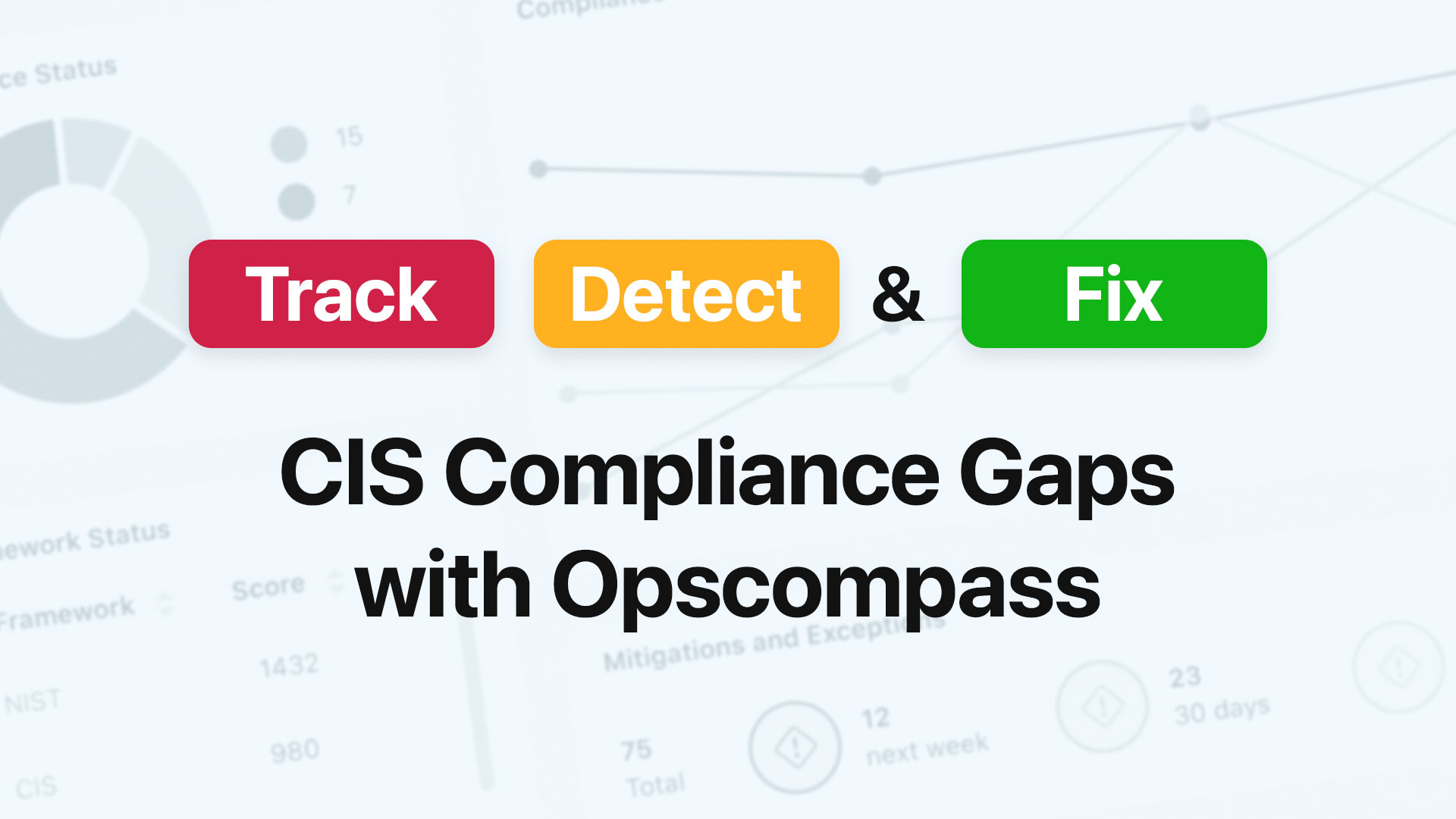Microsoft isn’t joking when they say they love Linux. If you’ve been in technology for a while then this whole new open Microsoft that’s progressive and wants it’s users to use any technology on all Microsoft platforms, is a little weird. But despite the initial awkwardness – Steve Ballmer did once call open source a cancer – the new Microsoft is the real deal when it comes to open source and Linux.
If there were any questions of Microsoft’s sincerity when it comes to their open source commitment then look no further than their flagship .NET Framework, which is at the core of every Microsoft technology. They actually open sourced it. Not only did they open source .NET but, in a surprising and welcome move, they put the source code out on Github. Outside of their own open source contributions, they’ve invested heavily in making Linux a first-class citizen. And on Azure, Linux is indeed just that, a first class citizen.
Microsoft’s biggest problem with Linux on Azure is that their reputation precedes them. I constantly talk to CIO’s who simply aren’t aware that their Red Hat workloads are well supported on Azure and will run great. Or that Powershell DSC runs natively on Linux and plays a part in Azure automation – DevOps anyone? To them, Azure isn’t even an option. We end up spending a lot of time educating IT leaders on all of these formerly out-of-character things Microsoft does today that make Azure really powerful and transformative for their organizations.
Given the misconceptions of Linux on Azure, I wanted to put together a list of some important things you need to know about Linux on Microsoft Azure.
Support for a wide range of Linux distributions
Microsoft has a wide range of endorsed Linux distributions on Azure. An endorsed Linux distribution is one that Microsoft will formally support and is available in the Azure Marketplace. With a range of versions of Centos, Red Hat Enterprise Linux, and Ubuntu right along side Windows Server, Azure can handle most enterprise technology stack’s out-of-the-box.
Well documented and supported process for building custom Linux OS images
The reality is that while many companies can just go out to the Azure Marketplace and build VM’s from one of the official images, larger enterprises likely need a custom configuration to meet more complex requirements. Microsoft has detailed documentation on the process of creating custom Linux images for Azure. I’ve found this documentation to be very good and kept up-to-date. Additionally, Hyper V is great for building customer VM images because it will automatically inject certain key drivers into your image.
According to Microsoft, 60% of the Azure Marketplace images are Linux-based
Yes, you read that right, 60% of the Azure Marketplace images are Linux-based. This means that other vendors such as Oracle, Red Hat, and TrendMicro have Linux-based images with their software preconfigured and ready to go.
You can purchase Red Hat Enterprise Linux through directly Azure
Through Microsoft’s recently announced partnership with Red Hat, you can now purchase your Red Hat subscription through the portal and your operating system will be supported by both Red Hat and Microsoft. Previously, you could bring your Red Hat Enterprise Linux subscription over to Azure but now it’s an integrated part of Azure.
Microsoft’s commitment to Linux is undeniable, at this point. With so many enterprise organizations looking to the public cloud for greater speed and efficiency, it’s really important that those companies understand that their Red Hat and Oracle deployments will work on Azure.




